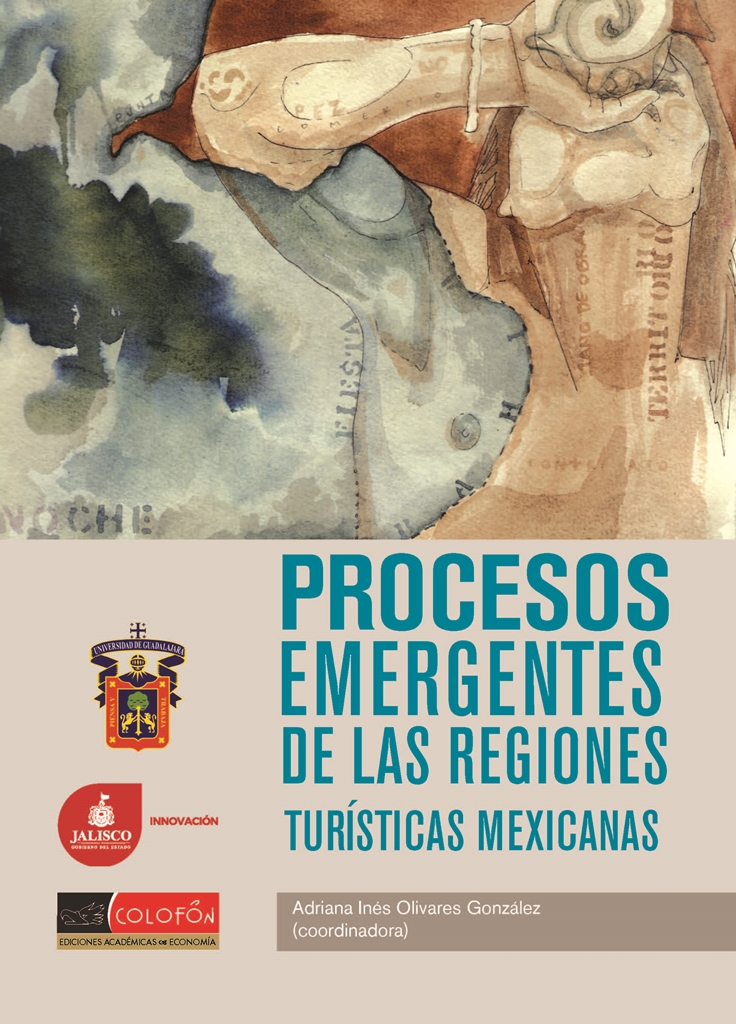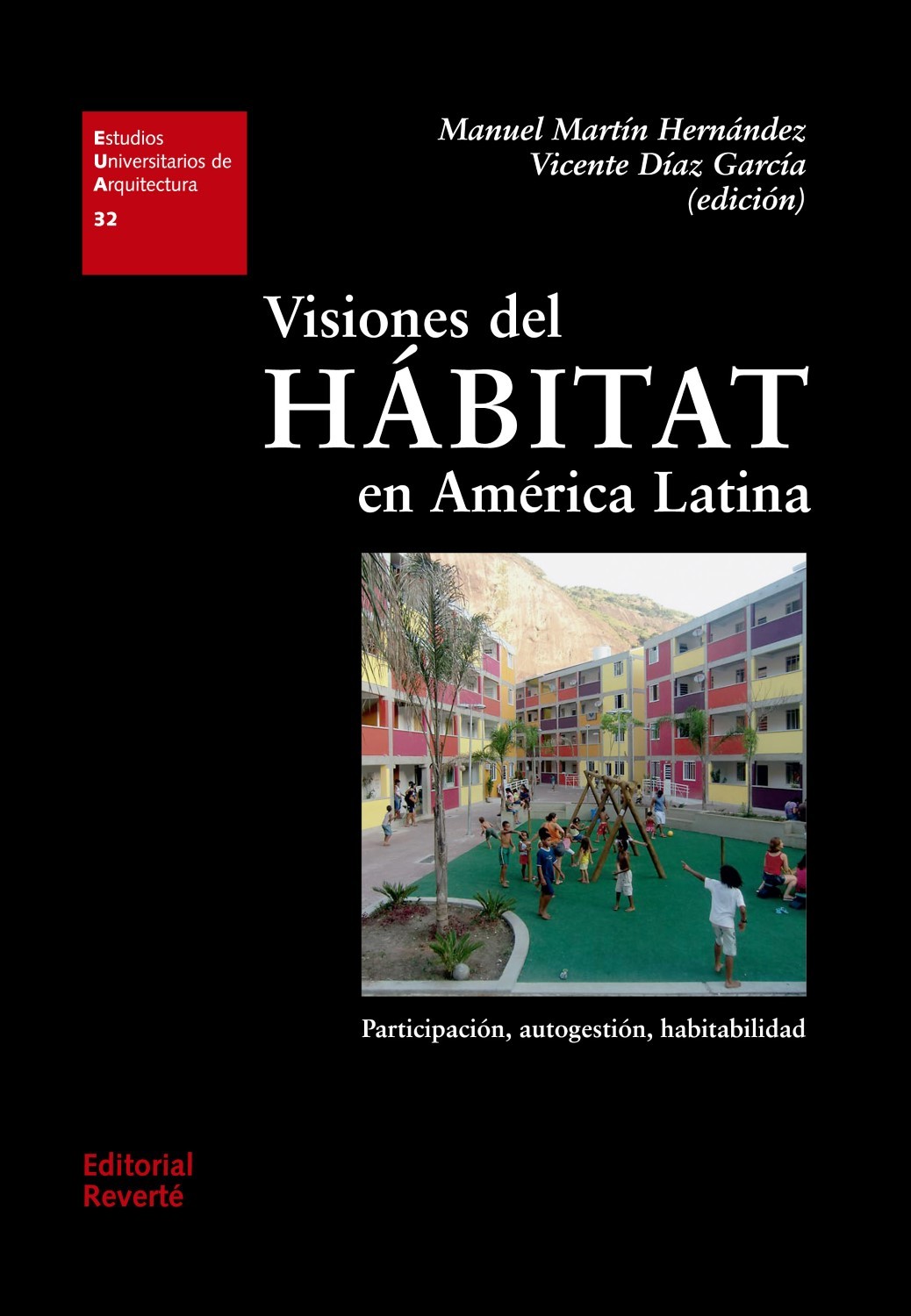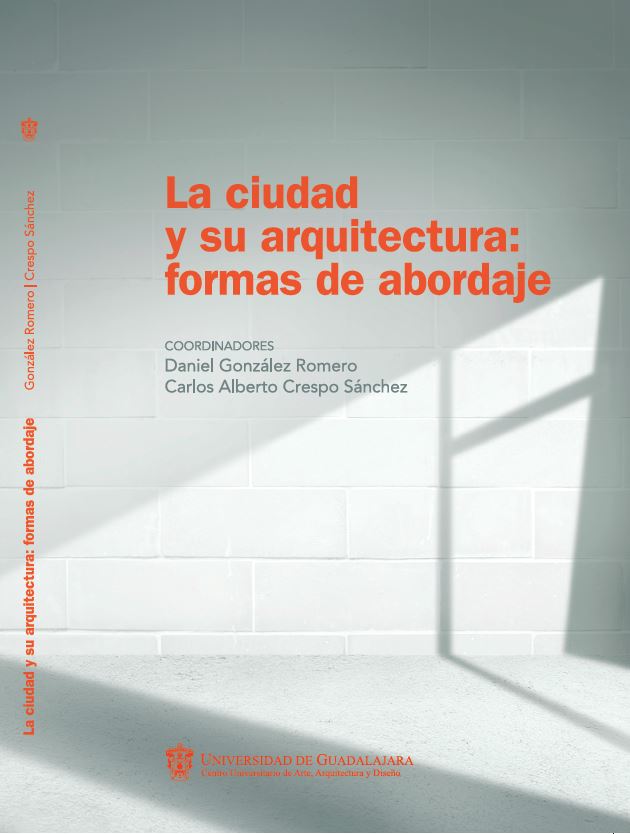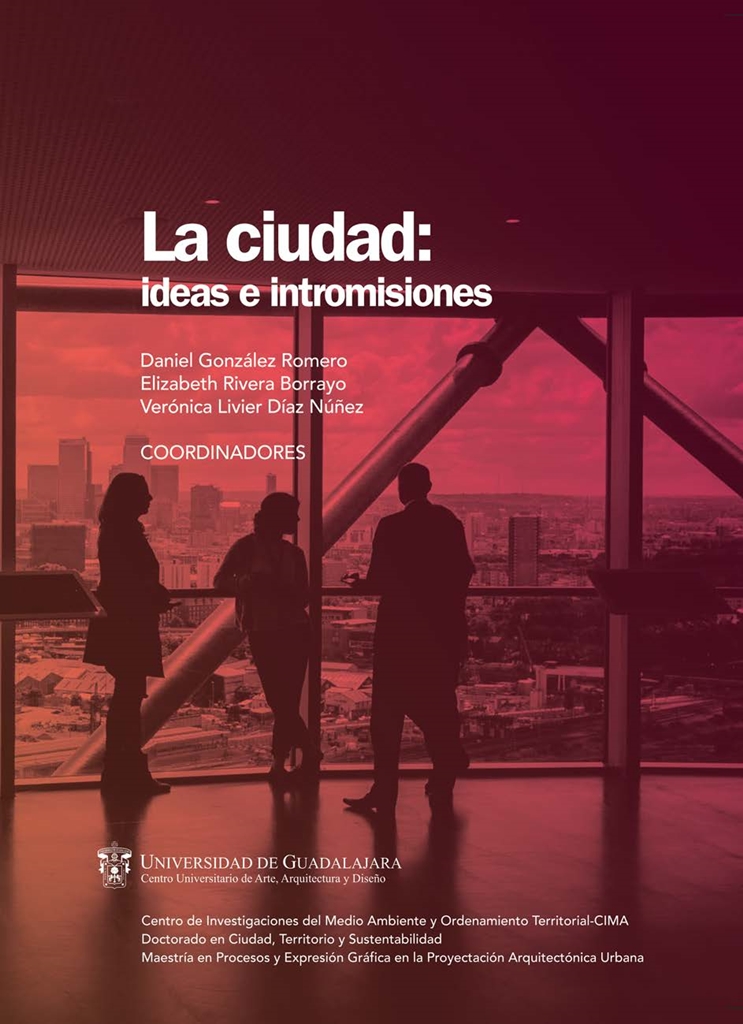Today, in every city of the world, occur transformations associated with economic restructuring and whose most significant impacts are rising inequality, social exclusion and urban fragmentation; delicate socio-spatial and environmental problems, as a product of inequality issues. In Mexico there are large urban regions (56 metropolitan areas), medium and smaller-scale cities, where urban-spatial inequality is the hallmark. Habitat I, the first United Nations Conference on Human Settlements took place in Vancouver, Canada; then, 20 years after Habitat II was held in the city of Istanbul, Turkey (1996). In 1976, 2,600 million people lived in urban areas; by 2016, it is estimated that the figure will have risen to 4,000 million. Of the increase of 1,400 million people living in urban areas, 95 percent will live in the underdeveloped world. In 1976, there were 269 cities with one million or more inhabitants. By 2016, there will be 428, about 160 more cities in developed countries and 170 cities in Asia with more than one million people.
The CIMA
It has among its main objectives to convene the inter-institutional participation, proposing joint capacity to integrate institutions and areas of human resources in research, innovation and social participation. The aim is to respond to the serious problems of inequality, which manifests itself in different scales in the cities of the countries of the developing world, which are linked by interdependence and the effects of globalization and climate change. This research center is consistent with the conceptual lines, programs and activities of UN-Habitat, as with those nations and international organizations converging positions on the complexity inherent in the development of cities in the XXI century.
In response to:
- A rapid growth of the urban population.
- Increasing inequality and socio-spatial exclusion.
- The unsustainable expansion of urban areas.
- The persistence of informal settlement neighbourhoods.
- The increasing performance and accountability of authorities for services requiring cities.
- The expiration and rigidity seen in the methods and contents in urban planning.
- To promote an overly centralized form of government and greater local and social participation.
- To support the responsible participation of civil society in the planning of cities.
- Insert the urgent nature of the actions foreseen in environmental pollution and the impacts of climate change.















